View all Standards for Florida Sunshine State Standards
TH.68.F.1.4 Survey an aspect of theatre to understand the ways in which technology has affected it over time.
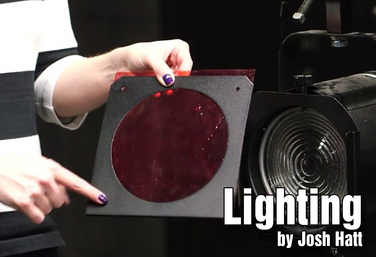
Part of the Technical Theatre Mini Units Curriculum
Lighting
by Josh Hatt
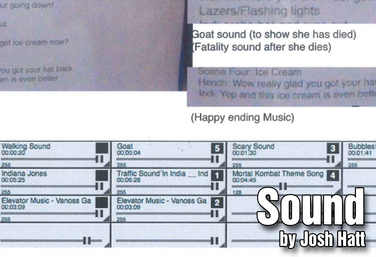
Part of the Technical Theatre Mini Units Curriculum
Sound
by Josh Hatt

Part of the Technical Theatre Mini Units Curriculum
Costuming
by Josh Hatt
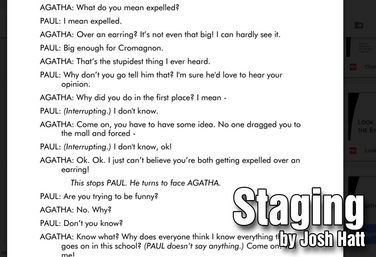
Part of the Technical Theatre Mini Units Curriculum
Staging
by Josh Hatt
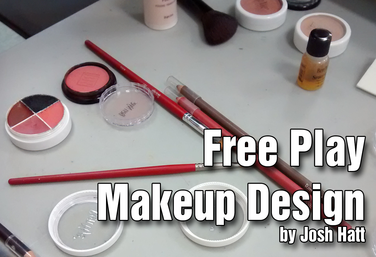
Part of the Technical Theatre Mini Units Curriculum
Free Play Makeup
by Josh Hatt
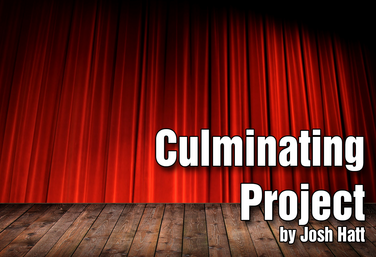
Part of the Technical Theatre Mini Units Curriculum
Culminating Project
by Josh Hatt
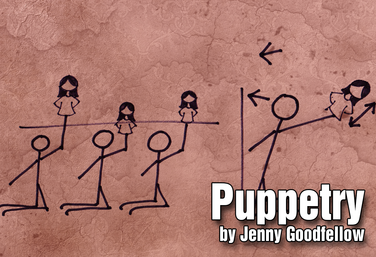
Puppetry
by Jenny Goodfellow
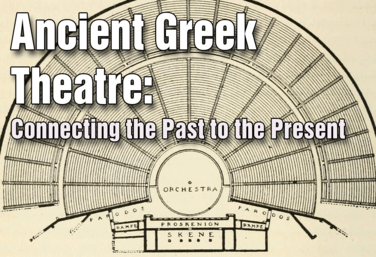
Ancient Greek Theatre
by Lindsay Price

Part of the Drama One Curriculum
What is Theatre?
by Karen Loftus
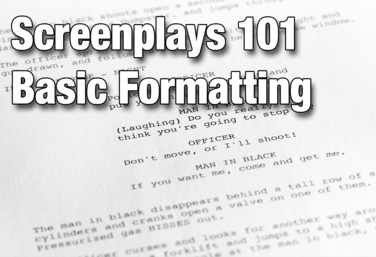
Screenplays 101: Basic Formatting Unit
by Nicholas Pappas
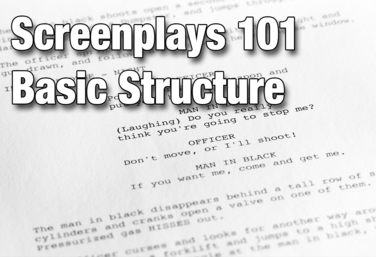
Screenplays 101: Basic Structure Unit
by Nicholas Pappas
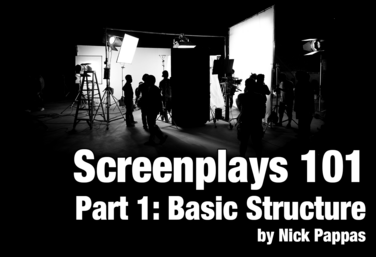
Screenplays 101 - Part 1: Basic Structure
by Nicholas Pappas
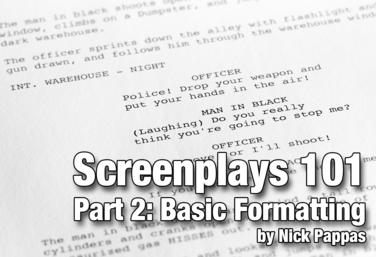
Screenplays 101 - Part 2: Basic Formatting
by Nicholas Pappas
View all Standards for Florida Sunshine State Standards Standards Master List